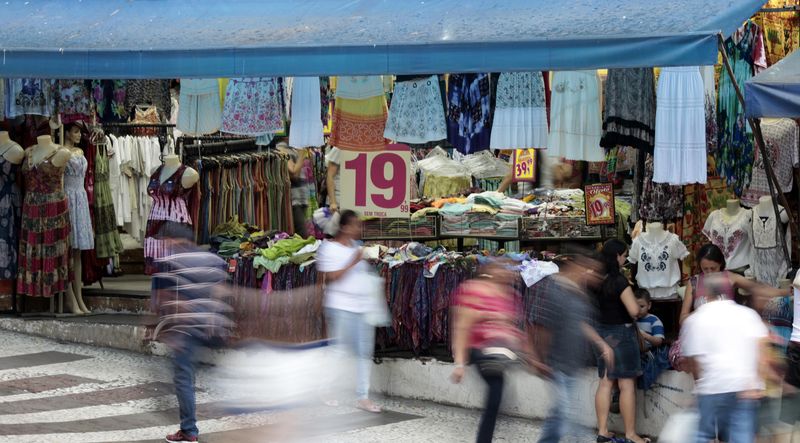BRASILIA (Reuters) - Brazil registered its first annual trade deficit since 2000 on Monday as economic growth slowed and prices fell for iron ore, soybeans and other key commodities exports, government data showed.
The country's trade deficit <BRTBAL=ECI> for 2014 was $3.93 billion (3 billion pounds), the biggest gap since 1998, the Trade Ministry said. The deficit is a serious challenge for President Dilma Rousseff and her new economic team as she starts her second term.
A deteriorating trade balance over the course of 2014 helped weaken the local currency, the Brazilian real, as fewer U.S. dollars entered the economy. The weaker real could lead to additional inflation pressure as imports become more costly in local currency terms.
The country notched a $293 million surplus in the month of December, well below the median forecast for a surplus of $500 million in a Reuters survey of 13 analysts.
Brazil posted a deficit of $2.35 billion in November. In 2013, the trade surplus was $2.38 billion, its smallest surplus in nearly a decade.
Exports were $225 billion in 2014, down 7 percent from 2013. Imports were $229 billion for the year, a 4.4 percent decline from the previous year.
The value of manufactured goods exported in 2014 fell nearly 14 percent from 2013.
Stalled trade negotiations, as well as slower growth and lower commodities prices contributed to a deteriorating trade scenario, said Bruno Lavieri, an economist at Brazil-based Tendencias.
"The outlook for foreign trade is still very poor for Brazil in 2015," he said, predicting that a fall in the number of imported goods this year would lead to a surplus of $1.5 billion in 2015.
Brazil is the most closed major economy in the Americas according to International Monetary Fund data. A move towards freer trade may be part of a more market-friendly turn from Rousseff as the economy teeters on the edge of recession.
A trade agreement between the Mercosur, the South American trading bloc that Brazil belongs to, and the European Union has been in the works for nearly two decades.
As recently as 2011, Brazil posted a surplus of $29.8 billion, or the equivalent of 1.2 percent of gross domestic product.

China remained the top destination for Brazil's exports in 2014, followed by the United States and Argentina. Exports to Argentina fell by 27.2 percent as Brazil's neighbour purchased fewer Brazilian cars.
(Reporting by Nestor Rabello and Alonso Soto; Writing by Asher Levine and Caroline Stauffer; Editing by Cynthia Osterman)